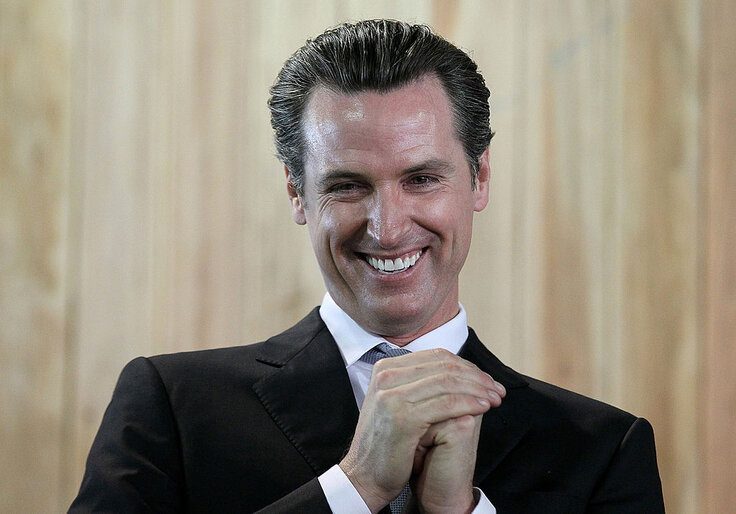California students lost six years of math and reading gains thanks to the state's pandemic school closures.
Learning loss was concentrated among poor, black, and Latino students, according to an analysis from the nonpartisan Public Policy Institute of California (PPIC) released this week. Only 24 percent of poor students and 15 percent of black students met math proficiency, down from 32 percent and 21 percent, respectively. The concentration of learning loss could cause problems for California Democrats, who have prided themselves on advancing racial equity.
California led the nation overall in closures as Gov. Gavin Newsom's (D.) administration catered to the state's powerful teachers' unions. In early July 2020, the California Teachers Association—consistently one of the state's biggest lobbying spenders—argued for keeping schools shuttered, even as evidence mounted that classrooms were safe for students. The union for the Los Angeles District followed suit, and by mid-July Newsom had announced that about 90 percent of California kids would be learning online.
Overall, only a third of California's fourth graders met state math standards according to their 2022 exams, down from 42 percent before the pandemic. English proficiency fell from 48 percent to 42 percent.
California schools stayed shuttered an average of 115 days into 2021 as teachers' unions made vaccination the basis for reopening, even as children in other states returned to their classrooms. California school closures often hit districts with a greater share of poor, black, or Latino kids.
The PPIC study looked at 2022 test scores among the state's fourth graders, which generally presage how the students will fare academically in the future. California did not administer standardized tests in 2020, and less than a quarter of students took the tests in 2021.
State Superintendent of Public Instruction Tony Thurmond (D.), who was on the ballot in November, wanted to release the scores after the election—an unusual move that raised suspicion that officials wished to hide the results for political reasons. The backlash made the education agency reverse course.
